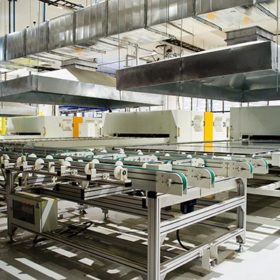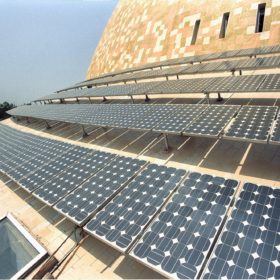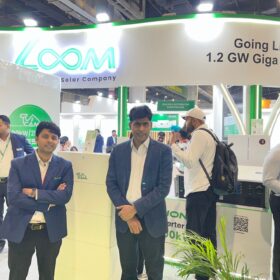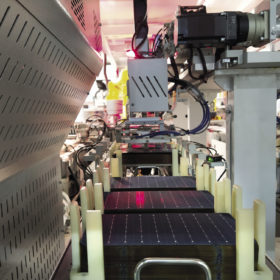India could add 13.75 GW of solar module and 6.9 GW cell capacity by December next year
The government’s renewed efforts to curb solar equipment imports and upscale domestic manufacturing have started bearing fruits. The launch of the production-linked incentive (PLI) Scheme and the imposition of a basic customs duty (BCD) on imports have favored domestic capacity expansion.
India’s utility-scale solar installations fell by 39% in FY2021
During the fiscal year 2020-21, India installed utility-scale solar projects amounting to 3.5 GW, about 39% less year-on-year.
Annual report card for solar in 2020
India added 4.6 GW of solar in the January-December period of the year 2020. Chinese manufacturers maintained the lead in module and inverter shipments. Longi Solar captured the lion’s share of module sales. Sungrow led the inverter supplies for utility-scale installations and Goodwe for rooftops.
India needs to adopt a balanced approach for solar manufacturing
A new report says the imposition of safeguard duties and basic custom duties is only a partial solution to help the domestically produced solar modules remain competitive with imported panels. The government needs to adopt a long-term strategy towards PV manufacturing that supports backward integration and sustained innovation.
Solar industry in 2020
India’s new solar capacity addition was badly hit due to the pandemic. The nation installed just 2.32 GW during the first nine months of the year. However, there was a silver lining too!
India added 883 MW of rooftop solar in nine months despite Covid-19
With 380 MW of generation capacity, Gujarat accounted for 43% of new rooftop solar installations during the January-to-September period.
India sets new record-low solar tariff of Rs2.36/kWh
The winning bid, for 300 MW of generation capacity by Spanish developer Solarpack in a 2 GW auction is 3.3% lower than the previous record of Rs2.44.











